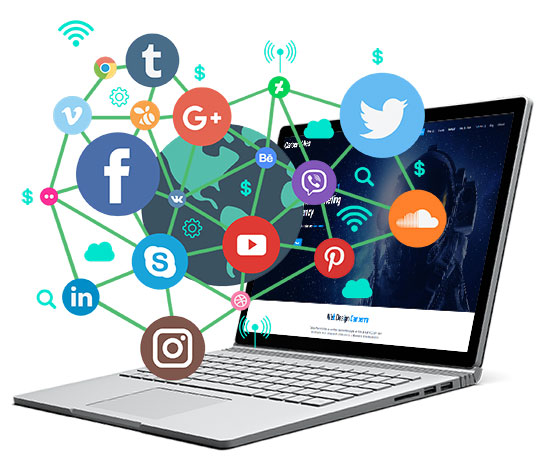
Some Americans Turn to Content Creation for Work
In a social media video, American Grace Xu told her 300,000 TikTok followers she was likely to lose her job.
She was right, she tells them in a later video. But she was planning to seek a different career anyway: as a content creator.
“I guess the decision has been made on my behalf,” she tells viewers in the video posted earlier this year. “The universe has spoken.”
U.S. job market
The job market in the United States seems to be holding strong, with employers adding 303,000 workers in March. The jobless rate has remained below four percent for 26 straight months. That is the longest continuous period at that rate since the 1960s.
But the numbers do not necessarily ease worries for thousands of people who have found themselves out of work. Hiring has largely taken place in only a few industries. Technology and finance companies have added just a small number of jobs in the last 12 months.
Some recently jobless Americans, like the 26-year-old Xu, are turning away from traditional employment. Instead they are building a new career path through online content creation. They aim to make money from brand deals and advertising by producing social media videos.
Labor and employment expert Sarah Damaske of Penn State University in Pennsylvania said, “I think most employees look at employers now and no longer think that they are going to find security — permanent security — in a job.”
Damaske added, “I think it makes it less risky to do something like go and be a content creator because employment with a traditional employer is so much riskier.”
In an estimated $250 billion industry, four percent of global content creators make more than $100,000 every year, says Goldman Sachs Research.
YouTube — considered by creators to be one of the best platforms for earning money — has more than 3 million channels in its YouTube Partner Program. A spokesperson said the platform paid producers more than $70 billion in the last three years.
Meanwhile, TikTok — which faces the threat of a U.S. national ban that could hurt the video creation business — has seen a 15 percent growth in user monetization, a company spokesperson said.
Many people turn to full-time content creation only after they have seen good results from putting in the work, said Brooke Erin Duffy, an expert with Cornell University in New York.
Pandemic
The pandemic also changed how U.S. employees consider their work lives. Many seek more control over their schedules and the ability to work from home. In February, nearly 440,000 people applied to start their own businesses — up nearly 50 percent from a monthly 300,000 just before the pandemic, the U.S. Census Bureau says.
Among those who started businesses are content creators, although they likely make up only a small percentage of the total.
For Xu, the pandemic permitted her time to rediscover her hobbies. She started making content at that time as @amazingishgrace on TikTok. She built up a following. Even when she left her banking job to move into the tech field for a better work-life balance, she kept on making content.
Xu lost her job last summer. She said she wondered at the time if she should go to content creation full time. She had a deep fear of ruining things she loved by turning them into work. But the job loss sped up her plans.
“You just have to have this belief that, like, once your life is wide open for something, it will come,” she said, “otherwise you’ll drive yourself crazy thinking about it.”
I’m John Russell.
+













 리얼잉글리쉬 | 서울특별시 은평구 진흥로84,406호(상민빌딩)| 대표이사 강성섭 | 사업자등록번호 488-97-00549|
리얼잉글리쉬 | 서울특별시 은평구 진흥로84,406호(상민빌딩)| 대표이사 강성섭 | 사업자등록번호 488-97-00549|